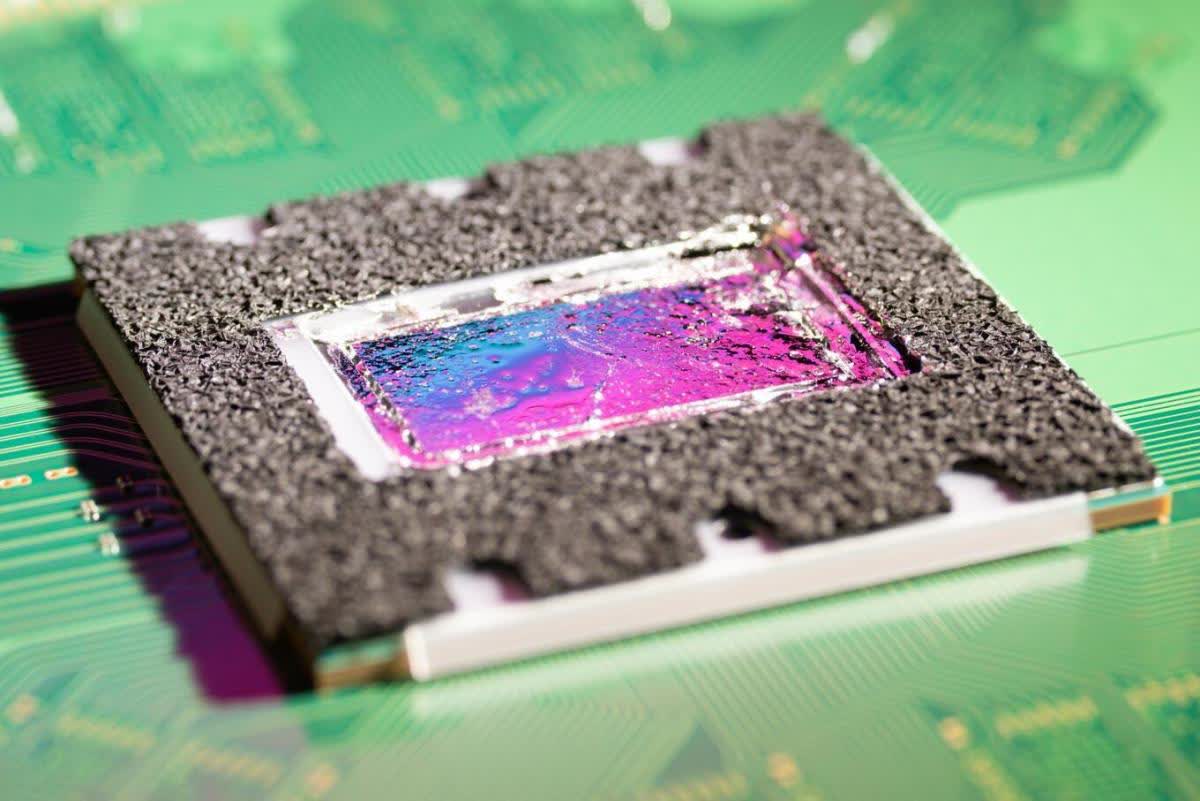In context: The most important distinction between construction {hardware} and tool is the period of time it takes to get to first earnings. There are not any simple tactics to shorten this, however there are methods to conform and straightforwardness the trail to earnings enlargement.
We clearly have robust biases with regards to some great benefits of making an investment in {hardware} as opposed to making an investment in tool. And we’ve some robust critiques at the funding circumstances for every being a lot more an identical than the typical knowledge holds. Nevertheless, there are glaring variations between the 2, and we need to discover the ones variations with the tip purpose of discovering tactics to de-risk {hardware} making an investment, or the least, discovering lodging to degree out long-term results.
Editor’s Be aware:
Visitor writer Jonathan Goldberg is the founding father of D2D Advisory, a multi-functional consulting company. Jonathan has evolved enlargement methods and alliances for firms within the cellular, networking, gaming, and tool industries.
Indisputably, one of the vital greatest advantages of beginning a tool corporate is how briefly an organization can get to earnings. The proverbial two engineers in a dorm room can construct an actual product and get to earnings virtually actually in a single day.
The arena of {hardware}, particularly semis, may be very other. In reality, if we needed to identify the one maximum necessary distinction between the 2 it comes right down to timing.
Construction {hardware} simply takes time. Design the product, re-think the design, construct a prototype, repair the errors, redesign, construct for manufacture, then input intro manufacturing. There are only a lot extra steps concerned, and most often lots of the ones steps are depending on different corporations additional including to the time.
Take the instance of a semiconductor. We not too long ago labored with a crew of 20. They designed their chip in just below six months. This was once a surprisingly seasoned crew and so there have been no doubts that their design would paintings. Then they needed to spend a month plugging their information into TSMC’s tool interface (a.okay.a. the PDK). They despatched their libraries and TSMC ‘taped-out’ their chip and 3 months later, they were given first silicon again and needed to undergo a couple of extra months of trying out and packing.
All in combination a couple of yr from serviette to first operating pattern. Be aware that over part the time was once taken by means of out of doors events. For the ones no longer aware of semis design this feels like an excruciatingly very long time. The ones aware of semis design will likely be amazed at how fast this crew moved. Severely â 20 folks in underneath six months! This was once no longer a small chip both.
There are not any simple tactics round this. Tool can also be patched in real-time, however as soon as {hardware} is going out the door there’s no technique to repair it.
So the query then turns into how one can take care of this truth.
For one, it has develop into a little bit more uncomplicated to construct prototype chips. There are a rising choice of “Unfastened Tape Out” systems, with many trailing edge foundries providing affordable pricing for small runs. For higher, process-dependent chips, emulation on FPGAs works moderately neatly. This isn’t excellent as shoppers is not going to devote till they see operating silicon, as a result of they’re going to need to run their very own reviews (and don’t get us began on how lengthy the entire EVT/PVT/DVT cycle can take). However those strategies can no less than reveal to buyers and shoppers that the product has one thing to provide.
Some other necessary adaptation will likely be to shift to a “resolution” sale, wherein corporations promote some type of carrier on most sensible of the chip. It is a entire {hardware} module (with chips and a board) or increasingly more it may imply tool operating at the chip. We’ve got written in this topic previously. It’s tricky to succeed in however has advantages.
The perfect could be for a chip corporate to design an ordinary product whose options can also be enhanced by means of periodic tool updates. That is firmly within the camp of “If you’ll’t beat them sign up for them”, borrowing a web page from tool corporations. This doesn’t get to first earnings sooner, however it does pave the way in which for incremental gross sales, easing the trail to enlargement.
The impediment to this trail is that it truly involves a completely new trade type, no longer only a new product. The semis business is in large part constructed on conduct of gross sales, however this type calls for a “resolution sale,” which maximum large chip corporations don’t seem to be supplied to offer.
None of this will likely shorten the time to earnings a lot, however it does supply a moderately forged adaptation. And no longer for not anything, offers everybody one thing to do whilst looking ahead to first silicon to return again from the foundry.
